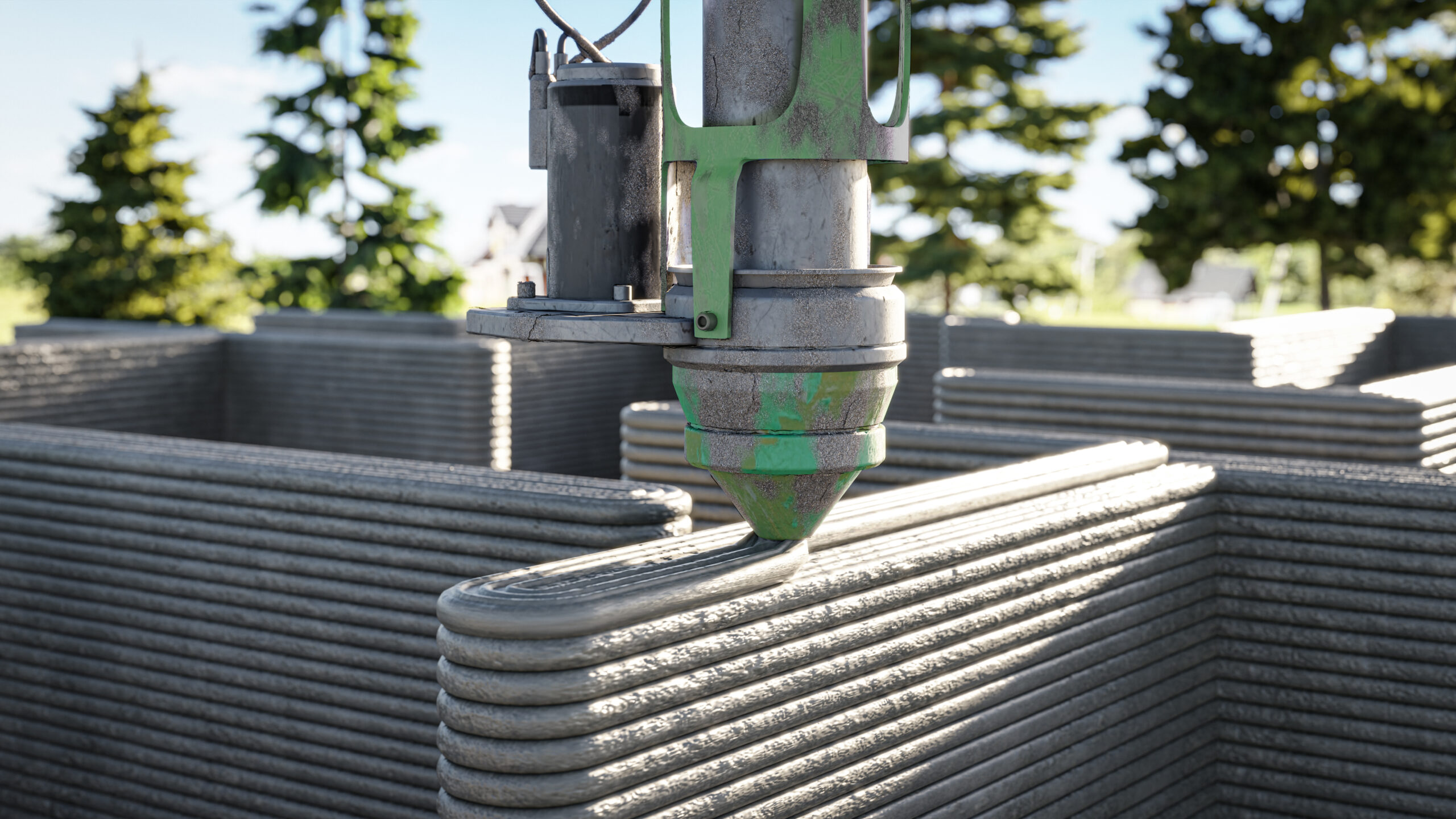
3D printing is revolutionizing the construction industry, and road construction is no exception. From bridges to entire road sections, 3D printing is offering a faster, more cost-effective, and sustainable way to build infrastructure. This innovative technology is changing how roads are designed, constructed, and maintained, making it a game-changer for the future of infrastructure development.
3D printing (or additive manufacturing) creates objects layer by layer from a digital design. In road construction, this technology is used to print road components such as barriers, signs, and bridge sections, as well as entire road surfaces. The process is highly precise and customizable, offering a new approach to building infrastructure.
Speed and Efficiency:
3D printing speeds up the construction process by automating tasks, reducing labor requirements, and enabling faster production of road components. Construction timelines can be cut down from months to days.
Cost Savings:
The precision of 3D printing reduces material waste, leading to cost savings. Additionally, the use of recycled materials in 3D printing further cuts down expenses.
Design Flexibility:
3D printing allows for intricate, custom designs that would be difficult or costly to achieve using traditional methods, making it ideal for creating complex road structures.
Sustainability:
3D printing minimizes waste and can use sustainable materials like recycled plastics and geo-polymers, reducing the environmental footprint of road construction
The Netherlands: Built the world’s first 3D-printed concrete bridge and bike lanes, showcasing the potential for custom-built, eco-friendly infrastructure.
China: Created a 3D-printed road using recycled plastic waste, marking a significant step toward sustainable road building.
Dubai: Constructed a 3D-printed pedestrian bridge, emphasizing 3D printing's viability for large-scale infrastructure projects.
Despite its potential, challenges remain, including material limitations, the need for industry regulations, and the high initial investment in 3D printing technology. However, as the technology advances and adoption increases, it is expected to play a pivotal role in shaping the future of road construction.
3D printing is transforming road construction by offering speed, cost-efficiency, and sustainability. While still evolving, the technology holds great promise for the future, making roads safer, more efficient, and environmentally friendly.